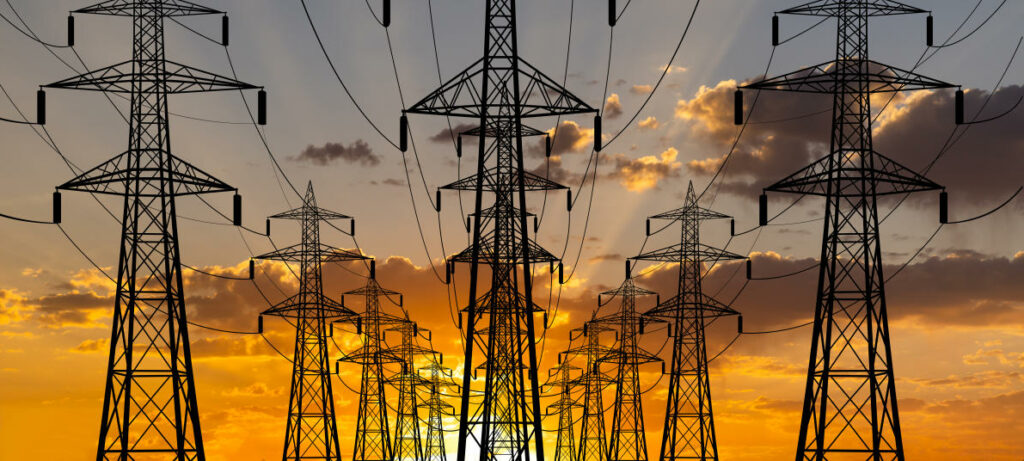One thing that is increasingly getting debated for some reason is just how practical the glorious vision of a totally electric economy really is. According to the Toronto Star, “As electric vehicles take over, Ontario will have to double its power output – while decarbonizing too. Can we do it? Despite the urgency, brace for a long season of disagreements about how to proceed on this megaproject of historic proportions, David Olive writes.” We’re going to do it, we have a plan to do it, we don’t know how to do it and we can’t explain why we have to do it. Any questions?
The story has all the hallmarks of climate hype, from “historic” verbiage to breezy optimism to panicky rhetoric to fatuous political non-plans:
“The coming overhaul of Ontario’s electric power system will be a megaproject of historic proportions. In a nutshell, the goal is to double Ontario’s electricity supply while decarbonizing the power system to net zero greenhouse gas (GHG) emissions by 2050. If that sounds like trying to square a circle, it’s pretty close. But Ontario has no choice than to embark on this admittedly fraught mission, whose stakeholders include everyone in the province. Queen’s Park has yet to divulge its plans. But it recently posted a call for public input.”
In normal life you figure out how you’re going to do something before announcing that you’re going to do it. But politics is not normal life, and climate politics even less so. Thus on the one hand it’s all dead simple:
“As the economy increasingly electrifies, with electric-powered vehicles (EVs), electric home heating and greater electricity demand from industry, demand for power will skyrocket.”
As, you’ll note. Not if. But as Olive rightly includes:
“The post includes highlights of the landmark report on reinventing the Ontario electricity system released in December by the Independent Electricity System Operator (IESO), which oversees all electric power in the province. The IESO puts a staggering $400-billion price tag on decarbonizing the power system by 2050.”
Say, wasn’t everyone just telling us how alternatives are now cheaper? Staggering.
Staggering, in fact, from panic to complacency and back:
“Forecasters expect Ontario peaks in power demand to almost triple by 2050, putting the province at risk of rotating blackouts. At the same time, the urgency of decarbonizing the economy, including the electric system, grows more pronounced by the day. And finally, Ontario has a head start in decarbonizing an electricity system that already is one of the cleanest on the continent. Today, more than 90 per cent of Ontario’s electricity supply comes from clean sources, chiefly nuclear and hydro. Ontario derives 58 per cent of its electricity supply from nuclear, 24 per cent from hydro, 8.6 per cent from natural gas and oil, and 8.4 per cent from wind. Solar and biofuels each account for less than 1 per cent.”
Ooog. Less than 1 per cent? So what’s the plan? Import more rivers? Put dams on the atmospheric ones? Blow harder? Get more nuclear? Or just make everyone buy EVs they can’t charge but it's OK because they didn’t really want to drive anyway?
Naturally Canada’s federal government is approaching the problem with an open wallet, including subsidies through a “Critical Minerals Technology and Innovation Program” as part of the “Canadian Critical Minerals Strategy” with a $3.8 billion kitty. (So repeat after me: deniers have all the money.) The idea is to make us a world leader in EV batteries, solar panels and wind turbines. Once we have the plan figured out.



Here is a story about a wonderful private electric vehicle company in Quebec, which received close to $100 million from the Feds and $8.6 from the province to build large transport trucks. The first one was ordered by the Quebec Liquer Board(SAQ) for the neat sum of $440,000 plus $60,000 for the charging station.The truck was delivered 3 1/2 years later and returned almost immediately to the manufacturer. According to the mechanics at the SAQ garage, the truck was almost useless and despite the much bragged about 400 kilometer range, managed a meager 150 kilometers. The company also reported a net loss of $6.3 million in Q4 for 2022
Who knew vapourware could be so profitable(for the company owners) yet so expensive for the common taxpayer?
https://ici.radio-canada.ca/nouvelle/1957676/camion-electrique-lion-saq-problemes
Of course there is no intention of generating the power that electric vehicles will require. It sounds like a good plan to break down the electrical system altogether. This would be part of the deindustrialization agenda.
A real plan would be to build up the public transportation system and discourage private cars.
Let's hope those batteries Ontario buys to store wind and solar power come fully charged from China.
The second last sentence can not be correct. The Australian government has told we citizens that is what Australia is going to do. We are all going to be rich. 😳